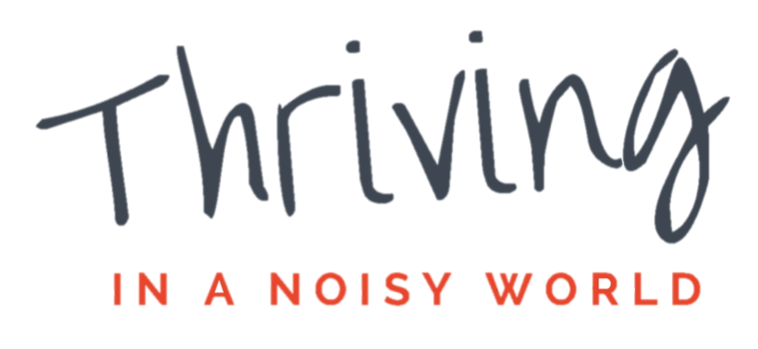This past week marks the one-year anniversary of all of us plunging into a global pandemic. Last March, I could never have imagined how much life as we knew it would change. Over the past year, we’ve also been invited to grapple with systemic racism, political polarization, climate change, our mental health crisis, and other painful truths of our time. It’s been a year of hard things and then some.
Tossed by the waves of change, we’ve all experienced loss, grief, and pain in one form or another. We may have been feeling overwhelmed, anxious, or frustrated. We may have been paralyzed by the uncertainty of it all and unable to imagine our next steps forward. Or we may have been in denial of the reality and magnitude of the disruptions.
Amidst change and uncertainty, how can we find our center to envision and create a path forward?
Equanimity is a helpful inner resource in these times of continued change and uncertainty. Equanimity is a sense of openness, care, and ease amidst whatever comes and goes. It allows us to stay centered and look beyond judgment and self-interest as we engage with a range of people and situations in our life and work.
Poet William Butler Yeats wrote: “We can make our minds so like still water that beings gather about us that they may see, it may be, their own images, and so live for a moment with a clearer, perhaps even with a fiercer life because of our quiet.”
Equanimity involves clearly seeing what’s going on inside and around us and choosing to respond in a non-reactive way. It’s not indifference, withdrawal, or not caring. It means accepting (rather than resisting) reality so we can live, feel, envision, and create solutions and new ways forward, fully centered in what’s so.
We might say to ourselves: “This moment is like this... And it doesn’t have to be different right now. I can allow what’s here and respond with what’s needed.”
And equanimity also means realizing that despite our best efforts to be of service, we may not be able to care for and support every person and issue we wish to.
We can grow our capacity for equanimity through formal mindfulness practice. We can also cultivate it by focusing on intentions for equanimity throughout the day. Below are a few equanimity phrases that I've used:
May I find peace and ease amidst it all.
May I see the world with clear, calm, and compassionate eyes.
May I offer my care and support, knowing I cannot control others’ pain or the course of life.
May I have the inner resources needed to contribute where I’m needed.
May I be free from unconscious bias and limiting beliefs.
I invite you to find two or three that resonate (or create your own) and call them to mind at different times as you move through the day.
What if we met the coming months with an attitude of equanimity?
With love,
Sarah-Marie




